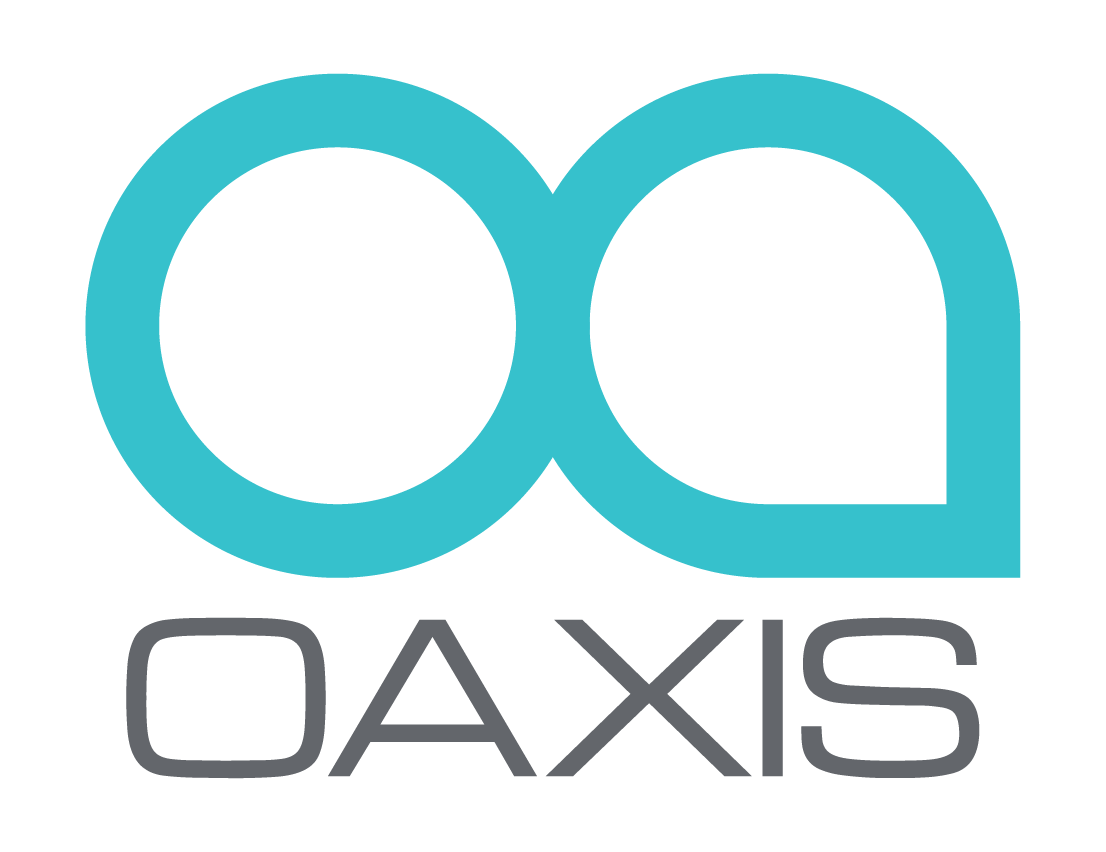
Ereader VS tablet – the dilemma every e-book reader faces. To the layman, perhaps there is little difference not only in appearance but also in function. Yet there are several important distinctions between the two that may just make a world of difference.
Display

E-readers use E Ink which only allows for a black and white display and is unable to play any video. Moreover since e-readers’ screens are not backlit, they are relatively harder to use in darker conditions.
That being said, the newer E Ink readers like the Kindle Paperwhite now come with an integrated light which shines onto the front of the screen, making it easy to use in the dark. The screen also won’t be as bright as an LCD screen, allowing users to use it before bedtime without waking someone sleeping next to them. So go ahead and tuck yourself in for some comfy bedtime reading!
Tablets, on the other hand, have full colour display and are able to play video. The display is also backlit, giving tablets an edge over e-readers in terms of nighttime reading. When it comes to daytime though, the e-reader wins hands down with its matte screen giving off no glare at all and appearing as clear as an actual printed page whereas the tablet’s screen tends to be glossy, especially iPads, making it difficult to read under the sun even after adjusting the screen brightness to maximum.
In terms of eyestrain, the e-reader once again takes the prize due to the lack of glare and backlight, making the E Ink screen a lot easier on the eyes than the LCD screen which is relatively harsher especially because of blue light emission.
Power Consumption

We’ve all had our fair shares of days where your phone dies on you on your long commute home and you’re stuck staring out of the window. Mobile devices are notorious for their battery-sapping LCD screens. One of the major draws for e-readers is the low power consumption of E Ink screens. An e-reader can go for weeks and even months without recharging whereas a tablet has to be charged once every few days at the very least. The Kindle Paperwhite, for instance, apparently has up to 8-week battery life while the iPad mini with Retina display is advertised as having a maximum 10 hours of battery life. The high power consumption of the tablet is further exacerbated by the necessary increase in screen brightness to read under the sun.
Price
Price is probably one of the most important factors in your choice. The e-reader is significantly cheaper – $119 for a Kindle Paperwhite while a tablet generally costs more despite a wide price range – $400 for an iPad Mini with Retina Display to $229 for a Nexus 7. However we must keep in mind that the tablet has many other functions which justify the relatively steeper price.
Weight and Size
The average weight of a 6-inch e-reader is approximately 6 oz(170g) while a 7-inch tablet weighs about 13.5 oz(385g). While it may not seem like much on paper, keep in mind that you’ll be holding it for prolonged periods. A bigger screen may not be the best idea, especially if you plan on reading during your commute. In fact, there has been an increasing call for smaller ereaders in recent years and the market has started to respond accordingly with products such as the Kobo Mini and the Inkcase which allows users to transform their phones into e-readers, minimising the need for an additional reading device.

Additional Features
The e-reader is notably lacking in terms of bells and whistles as it’s a single-purpose device designed specifically for reading. Some e-readers have 3G/WiFi and email capability but generally using e-readers for web browsing is tedious and slow. The user has to navigate with only the arrow keys and page rendering is comparatively much slower. This allows for a distraction-free reading experience as compared to using a tablet to read. The tablet, on the other hand, is essentially a larger smartphone and is much more versatile functionally. With 3G/WiFi capability, media playback, apps and much more, the tablet is definitely the choice for people looking for an all-in-one device.
Both the e-reader and the tablet have their pros and cons. Ultimately, it depends on what the user’s needs are and what they are looking for. If you’re looking for a device solely for reading, then the e-reader is definitely your answer! However, if you’d rather have a much more versatile device capable of Internet surfing, go for the tablet.


